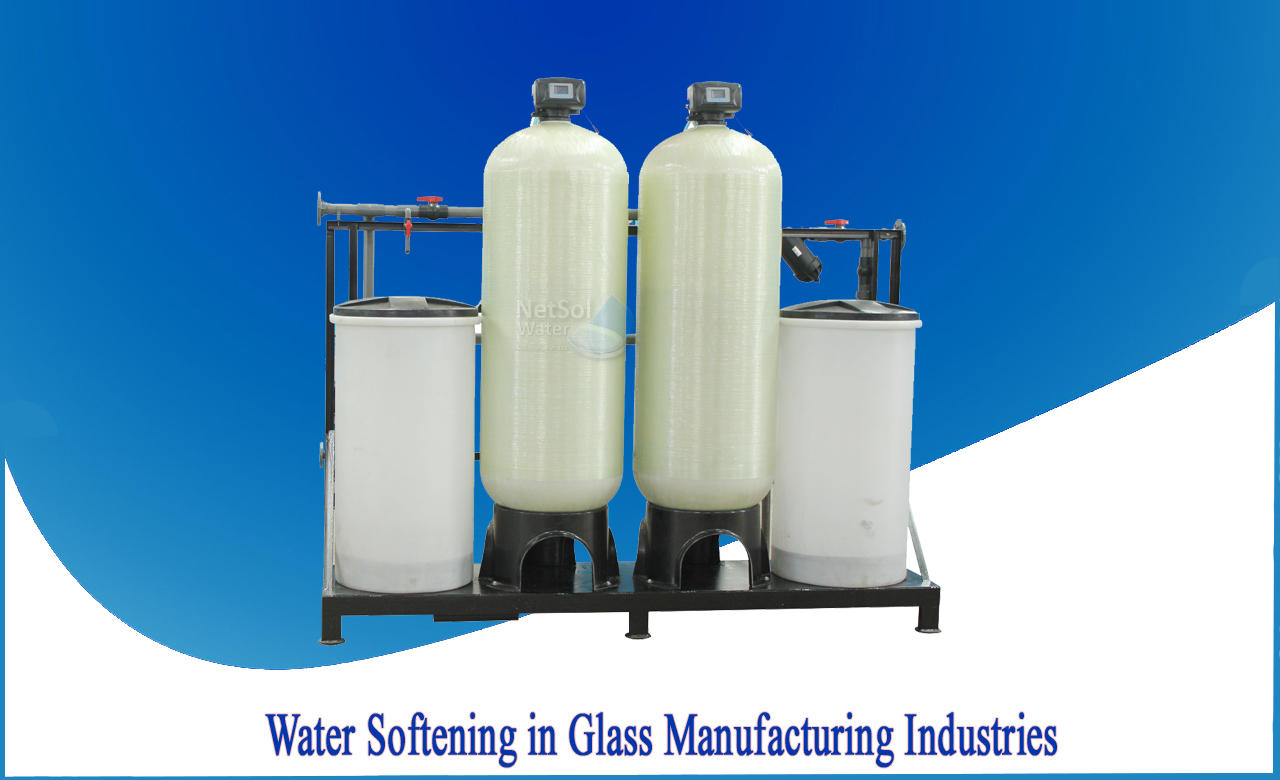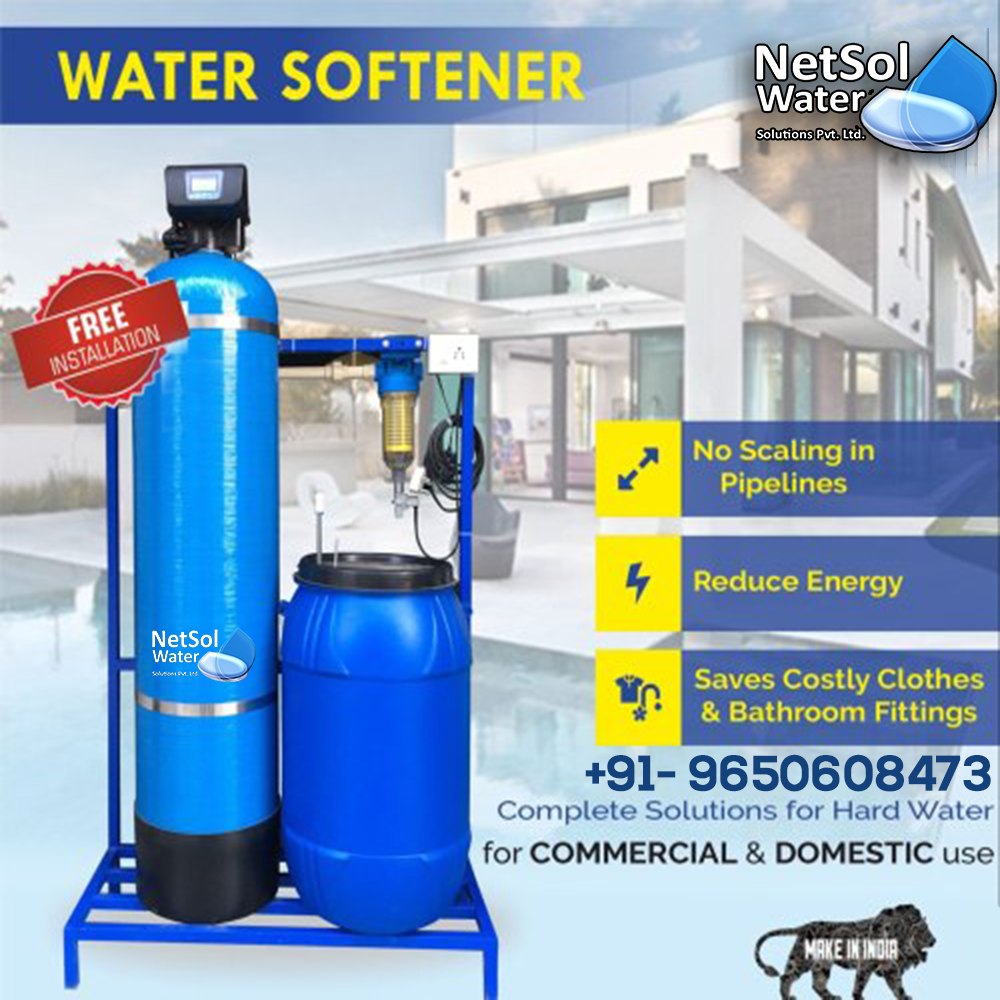Why use of water softener in glass manufacturing industries?
The process of removing of calcium, magnesium and metal cations in hard water is known as water softening. The result of getting this soft water needs less soap for the cleaning effort as soap is not wasted with calcium ions. By reducing build up in pipes and fittings, soft water extends the lifetime of plumbing. Lime softening or ion exchange resins are the methods used to achieve water softening but nowadays nanofiltration or reverse osmosis membranes are increasingly used to achieve water softening.
Methods
The most common methodor ways for removing water hardness depends on ion-exchange resin or reverse osmosis. Other methods include precipitation methods and sequestration by the adding of chelating agents.
1-ION-EXCHANGE RESIN METHOD
Conventional water-softening appliances depend on an ion-exchange resin in which "hardness ions"—mainly Ca2+ and Mg2+—are exchanged for sodium ions. An ion-exchange device decreasesthe hardness by taking place of magnesium and calcium with sodium or potassium ions.
Ion-exchange resins are organic polymers which contain anionic functional groups to which the divalent cations bind more strongly than monovalent cations. Zeolites or inorganic materials exhibit ion-exchange properties. These types of minerals are mostly used in laundry detergents.
Resins are used to remove the carbonate, bicarbonate, and sulfate ions. When all the Na+ ions have been replaced with calcium or magnesium ions, the resin are to be recharged by removing the Ca2+ and Mg2+ ions using a solution of sodium chloride or sodium hydroxide, that depends on the type of resin used.
For anionic resins, regeneration typically uses a solution of sodium hydroxide or potassium hydroxide. The waste waters eluted or removed from the ion-exchange column that contains the unwanted calcium and magnesium salts are mostly discharged to the sewage system.Recharge mostly takes the following steps:
BACKWASH
Water is passed through the resin in the direction opposite to the normal water, and the result of this is sent to drainage for the disposal. This process removes solids, and expands the resin bed.
BRINE DRAW
Water is passed through a jet pump, which takes out salt water from the brine tank, prior to the water and brine pass through the resin bed in the normal or usual direction, if co current or in the reverse direction, if counter current.
RINSE
Brine draw does not flow that is it stops, but water continues to flow from the inlet to the outlet, gradually flushing off the brine out of the resin bed. The flushing water flows steadily for several minutes, then at a faster rate for an hour. At some instance, the brine reservoir is refilled with fresh water.
2-LIME SOFTENING
For making hard water softer, lime is added and this process is known as lime softening. It has many advantages as compared to the ion-exchange method but is mainly suited to commercial treatment applications.
3-WASHING SODA METHOD
In this method, water is treated with a particularamount of washing soda that transforms the chlorides and sulphates of calcium and magnesium into their respective carbonate that gets out precipitated.
All these methods, especially water softening can be used in glass manufacturing companies to clean the glasses as well as prevent scale build-up in pipes and plumbing.
For more information, consult Netsol Water.




